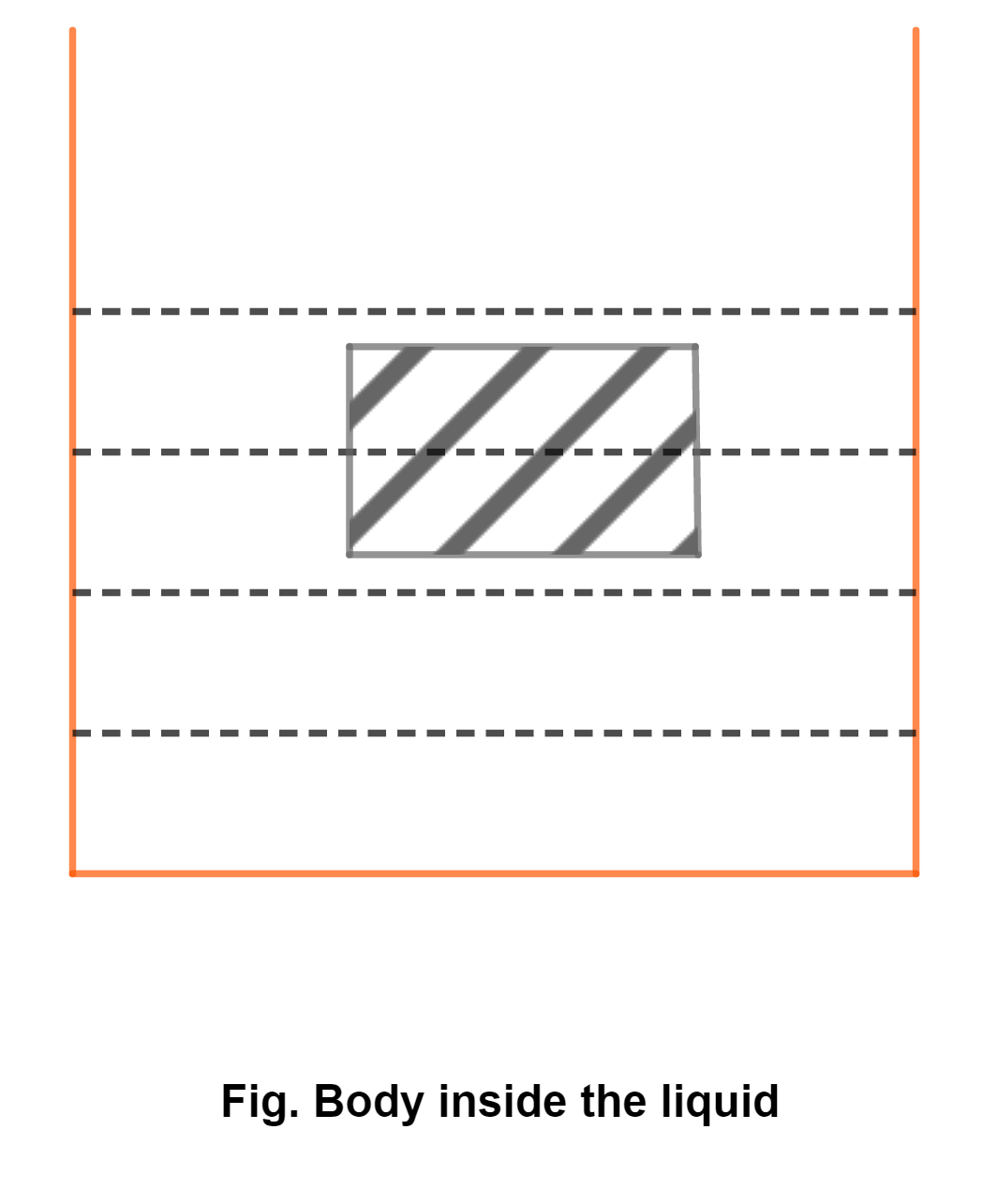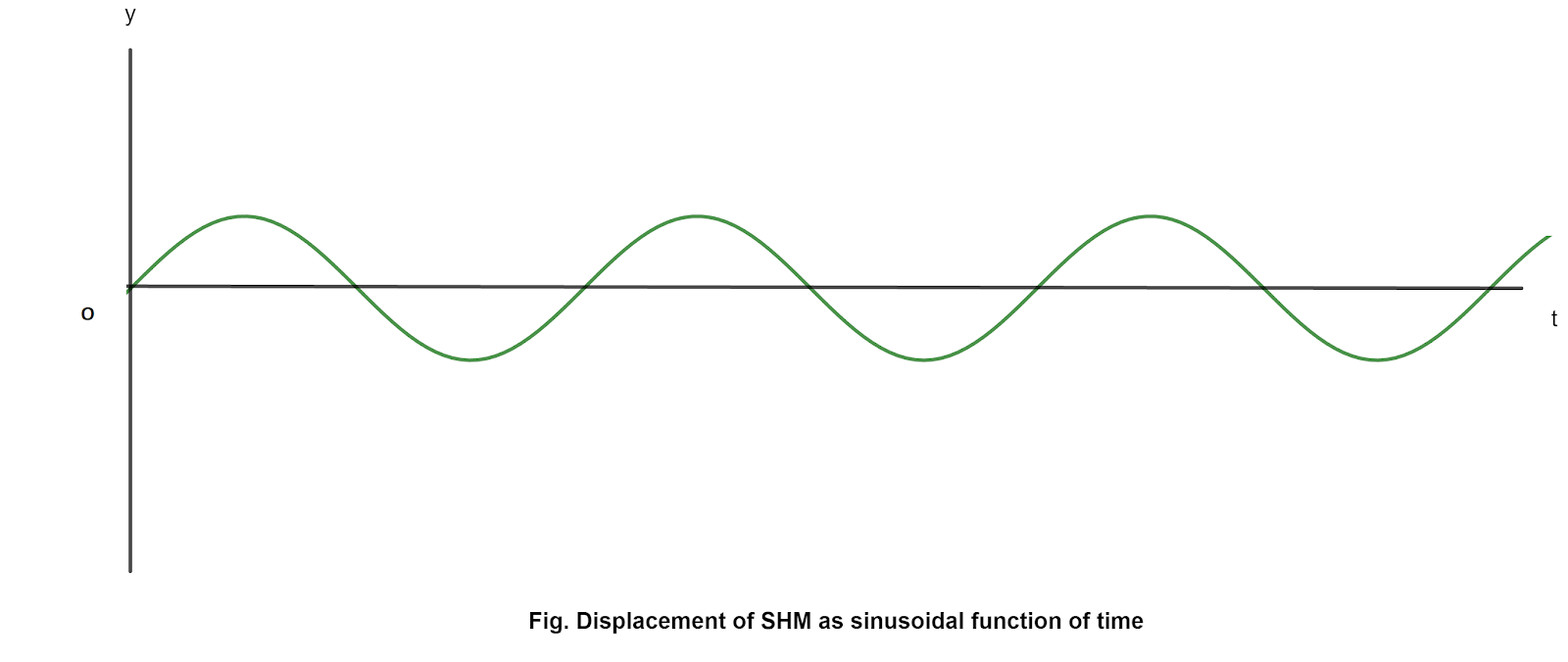Viscosity (Fluid statics) | Complete notes | Important questions | Short questions and Numerical problem solutions | Class 12 (Physics) | Physics in Depth

Viscosity The property of a fluid by virtue of which an internal friction comes in to play when the fluid is in motion and opposes the relative motion of its different layers is called viscosity . If we move through a pool of water we experience a resistance to our motion. This shows that there is a frictional force in liquids. We say this is due to the viscosity of the liquid. If the frictional force is comparatively low, as in water, the viscosity of the liquid is low; if the frictional force is large, as in glue or glycerine, the viscosity of the liquid is high. Newton's law of viscosity, Coefficient of viscosity Consider the streamline flow of a liquid as in figure. The layer of liquid in contact with the fixed horizontal surface is at rest and all the other layers move parallel to each other with their velocities increasing uniformly upwards. Consider two uppermost layers at a distance x and x+dx from the horizontal surface with v and v+d




